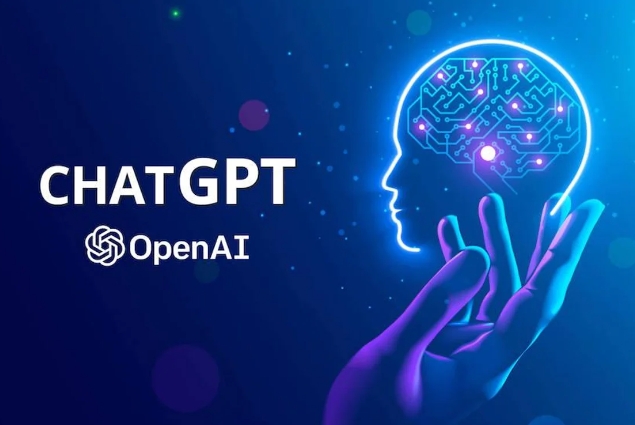Chat AI GPT: A New Era in Communication and Assistance
In today’s fast-paced digital world, the ability to communicate effectively and access information quickly is more critical than ever. Chat AI, specifically models like GPT (Generative Pre-trained Transformer), offers innovative solutions to these needs, transforming how we interact with technology. This article explores the significance of chat AI and how it can streamline communication and improve productivity.
Understanding Chat AI
Chat AI refers to artificial intelligence systems designed to engage in conversation with users. At the forefront of this technology is GPT, developed by OpenAI, which utilizes deep learning techniques to understand and generate human-like text. These models are trained on vast datasets, allowing them to provide contextually relevant responses and engage users in meaningful dialogue. This technology is not just limited to customer service; it can assist in education, content creation, and even personal productivity. By enabling natural language interactions, chat AI helps bridge the gap between users and machines, making technology more accessible.
Applications of Chat AI in Various Fields
The versatility of chat AI makes it applicable in numerous sectors. In customer service, businesses are increasingly using these systems to handle inquiries efficiently, providing instant support to users without the need for human intervention. In education, chat AI tools like GPT can help students find answers, explain concepts, and tailor learning experiences to individual needs. Meanwhile, content creators are leveraging chat AI to brainstorm ideas, draft articles, or even edit their work, freeing up time for more critical creative processes. As technology continues to evolve, the potential for innovation within these applications is limitless, making chat AI a vital asset across industries.
Challenges and Considerations
Despite the remarkable advancements in chat AI, several challenges still exist. Issues such as bias in training data can lead to skewed responses, and reliance on AI for sensitive tasks raises ethical concerns about privacy and security. Additionally, users may sometimes find it difficult to discern between human-generated content and that produced by AI, leading to questions about authenticity. Addressing these challenges requires ongoing research, transparency in data handling, and the development of standards to maintain ethical usage. As this technology continues to mature, it will be essential for developers and users to remain mindful of these considerations to maximize the benefits while minimizing risks.
Conclusion
Chat AI, particularly models like GPT, has the potential to revolutionize our interaction with technology, making communication more efficient and accessible. However, as we embrace these advancements, it is crucial to navigate the associated challenges thoughtfully. If you are interested in learning more about chat AI and its applications, consider exploring online resources, experimenting with chatbots, or keeping an eye on the latest developments in the field. Embrace the future of communication with chat AI – it just might change how you connect with the world!

